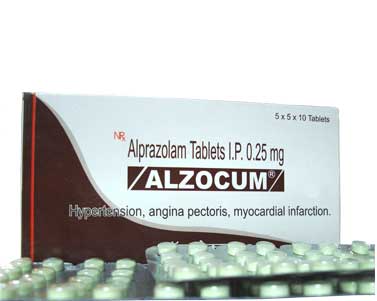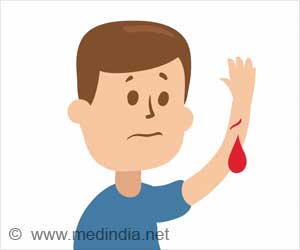
Anxiety disorders are different, though. They are a group of mental illnesses, and the distress they cause can keep you from carrying on with your life normally. For people who have one, worry and.
Occasional anxiety is an expected part of life. You might feel anxious when faced with a problem at work, before taking a test, or before making an important decision. But anxiety disorders involve more than temporary worry or fear. For a person with an anxiety disorder, the anxiety does not go away.
Experiencing occasional anxiety is a normal part of life. However, people with anxiety disorders frequently have intense, excessive and persistent worry and fear about everyday situations. Compare your symptoms to the criteria in the DSM-5. It can alert us to dangers and help us prepare and pay attention. One of the most common is excessive and intrusive worrying that disrupts daily functioning.

Other signs include agitation. There are many types of anxiety disorders , each with different symptoms. This worrying can consume hours each day, making it hard to concentrate or finish daily tasks.
Which Company Is Disrupting a $4Billion Dollar Industry? Read our Report and Find Out! Some people who have a mild anxiety disorder, or a fear of something they can easily avoi decide to. When anxiety interferes with daily activities, you may have an anxiety disorder. But when it becomes hard to control and affects your day-to-day life, it can be disabling.
Women are more than twice as likely as men to get an anxiety disorder in their lifetime. WebMD explains anxiety disorders in children , including generalized anxiety disorder (GAD), obsessive compulsive disorder (OCD), panic disorder, and social phobia. Treatment for anxiety disorders.
But in general, most anxiety disorders are treated with therapy, medication, or some combination of the two. Evidence suggests that people with anxiety disorders are at greater risk for developing a number of chronic medical conditions. They may also have more severe symptoms and a greater risk of death when they become ill. These feelings may cause physical symptoms, such as a fast heart rate and shakiness. The anatomy of anxiety.
This brochure discusses symptoms, causes, and treatments for social anxiety disorder (also called social phobia), a type of anxiety disorder associated with intense, persistent fear of being watched and judged by others. Symptoms that are triggered by a serious or life threatening trauma and last for months or years thereafter signal post-traumatic distress disorder. Generalized anxiety disorder (GAD). GAD causes kids to worry almost every day — and over lots of things. Kids with GAD worry over things that most kids worry about, like homework, tests, or.
There is a high comorbidity between anxiety (especially generalized anxiety disorders or panic disorders ) and depressive disorders or between anxiety disorders , which renders treatment more complex. Explains anxiety and panic attacks, including possible causes and how you can access treatment and support. Includes tips for helping yourself, and guidance for friends and family. People with anxiety disorders respond to certain objects or situations with fear and dread.
They have physical reactions to those objects, such as a rapid heartbeat and sweating. People with these disorders have feelings of fear and uncertainty that interfere with everyday activities and last for months or more. Excessive anxiety and worry (apprehensive expectation), occurring more days than not for at least months, about a number of events or activities (such as work or school performance). Sometimes anxiety is caused by a medical condition or substance use disorder. Some people show certain signs of anxiety disorders without meeting all the criteria for diagnosis.
Our experts review the Best sellers.
No comments:
Post a Comment
Note: Only a member of this blog may post a comment.